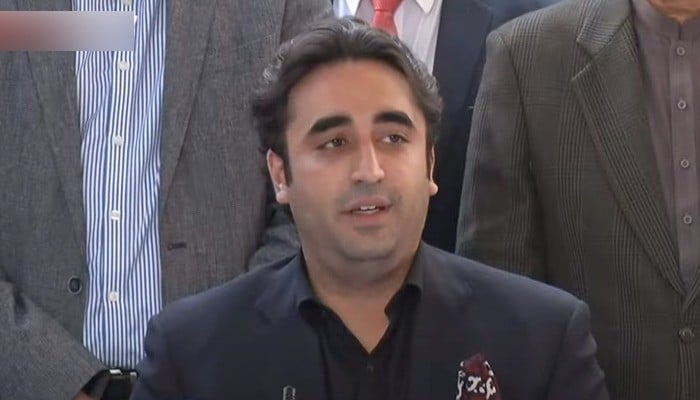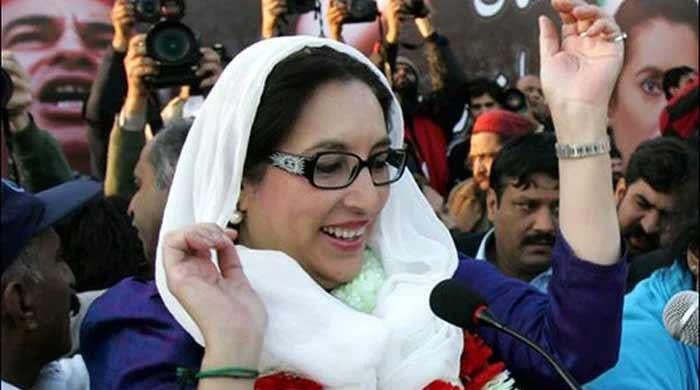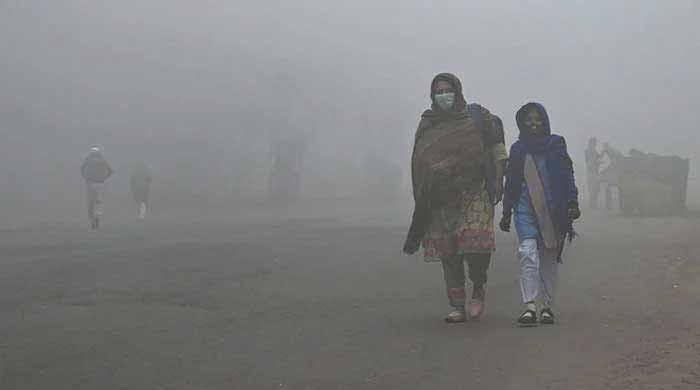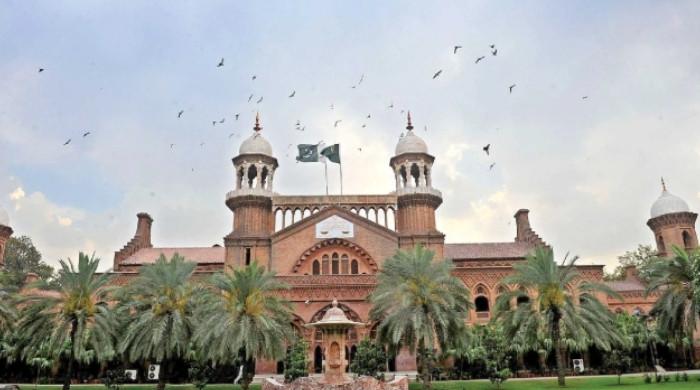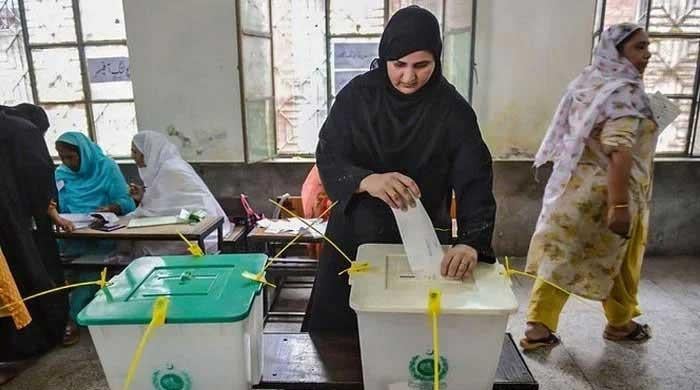Vote of confidence: What is the process in the parliament of Pakistan?
Geo.tv explains how a vote of confidence will be taken from parliamentarians tomorrow and how many votes are needed
March 05, 2021
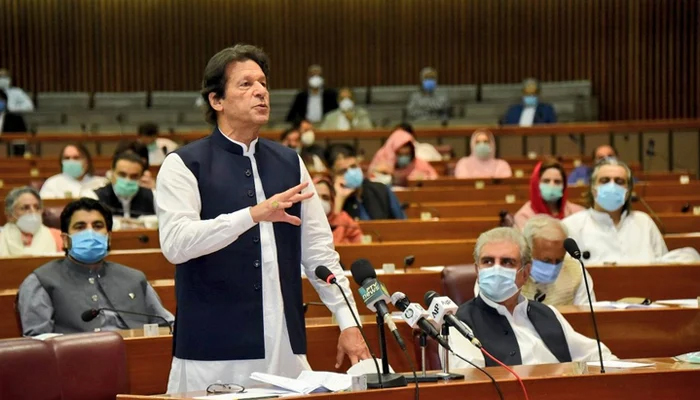
Pakistan's Constitution states that if the president feels that the prime minister has lost the confidence of the majority of the parliament's members, then he will direct him to seek a vote of confidence and this vote is taken through an open ballot.
After the events that transpired on March 3, when the government candidate Abdul Hafeez Sheikh lost to the opposition nominee Yousuf Raza Gillani in the Senate race for the Islamabad general seat, the prime minister announced on his own that he will seek a vote of confidence from the parliament at 12:15pm on Saturday — a bold move that has sent shockwaves across the nation.
So how will a vote of confidence be taken from parliamentarians and how many numbers are needed by the prime minister to succeed?
Prime Minister Imran Khan, under all circumstances, must have the support of a simple majority of 172 lawmakers in the National Assembly, according to Article 91(7) of the Constitution. However, since the NA-75 seat lies vacant after its by-election results were nullified by the Election Commission of Pakistan, he will need the support of 171. The government alliance currently has 180 members.
Under the rules of the National Assembly that lay out the procedure for a motion of confidence, a bell is sounded for five minutes to ensure the presence of all makers in the House before parliamentary proceedings can begin.
After this, all the doors leading to the Lobby are closed. No one inside is permitted to exit and no one from outside is allowed to enter.
The Speaker then reads out the resolution pertaining to confidence in the prime minister before the Assembly and ask the members who wish to vote in favour of the resolution to pass in single file through the entrance where there will be "tellers" posted to record each member's vote.
Each member shall reach a teller's desk and call out the "division number" allotted to them under the rules.
The teller will then mark off the member's name on the division list while calling out their name. The member is required to stop and clearly hear their name being called out before moving off, so that their vote can properly be recorded.
After their vote is recorded, they must leave the Chamber and not return until bells are rung once more.
When the Speaker finds that all the members who wished to vote for the prime minister have recorded their votes, he shall declare that voting has ended.
Subsequently, the secretary will collect the division list, count the recorded votes and present the result to the Speaker.
Bells will then again be rung for two minutes to call back the lawmakers to the Chamber.
Once they have returned, the result will be announced by the Speaker.
After the result is declared, and a resolution for a vote of confidence under rule 36 is passed or rejected, the Speaker communicates the result in writing to the president. The secretary is required to get a notification of the result published in the Gazette of Pakistan.
